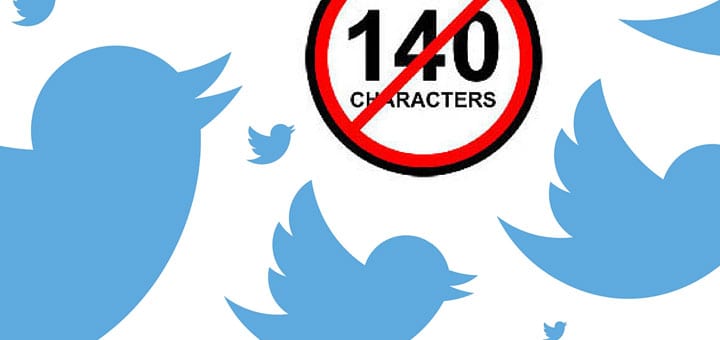
This week Twitter stopped counting photographs and links towards its 140 character limit. A picture may be worth a thousand words, but Twitter is downgrading them from 23 characters to nothing. Likewise, links will no longer count as any characters.
This change is good news for users, who have long been rallying against the restrictiveness of a mere 140 characters in which to express themselves, reverting to tactics such as posting screenshots of longer text.
While this is not a revolutionary change, it will impact upon the kind of content being posted. The change will mean more room for commentary on images and links, and shifts the image/text balance slightly in terms of users’ focus.
For those in PR it means more room to entice users to a link, meaning that hits on third party sites will be more frequent. Likewise, having more room to get your message across will mean less weird linguistic contortions in order to fit all the necessary information into a tweet. As such, advertising taglines and slogans are will likely more frequently be employed across different media platforms as there will be less need to truncate them for Twitter.
While this change will not leave Twitter users free to fully express themselves, it is just as well. To abandon the 140 character limit and increase it too greatly would mean Twitter losing its, well, character. Reports earlier in the year that tweets might balloon to a massive 10,000 characters caused much consternation. The type of content to which Twitter lends itself well would be changed utterly if this were to come to pass. Rather than quick fire conversations, and short snappy slogans, Twitter would morph into an entirely different and unwanted beast.
One of Twitter’s greatest strengths as a marketing tool is that there is a good chance users who begin reading your tweet will finish it. Attention spans are much likelier to wander over 10,000 characters. Likewise, engaging with users would be more difficult, as reading and writing posts would take far longer.
Twitter needs to give its users more freedom but it must make sure they do not fly away entirely. Innovation is needed if Twitter is to survive its slowing growth in users but not at the expense of its USP of rapid fire, quickly consumed content. As is stands, these changes will help Twitter retain its place among social media platforms and makes those in PR and marketing’s jobs just that little bit easier.
